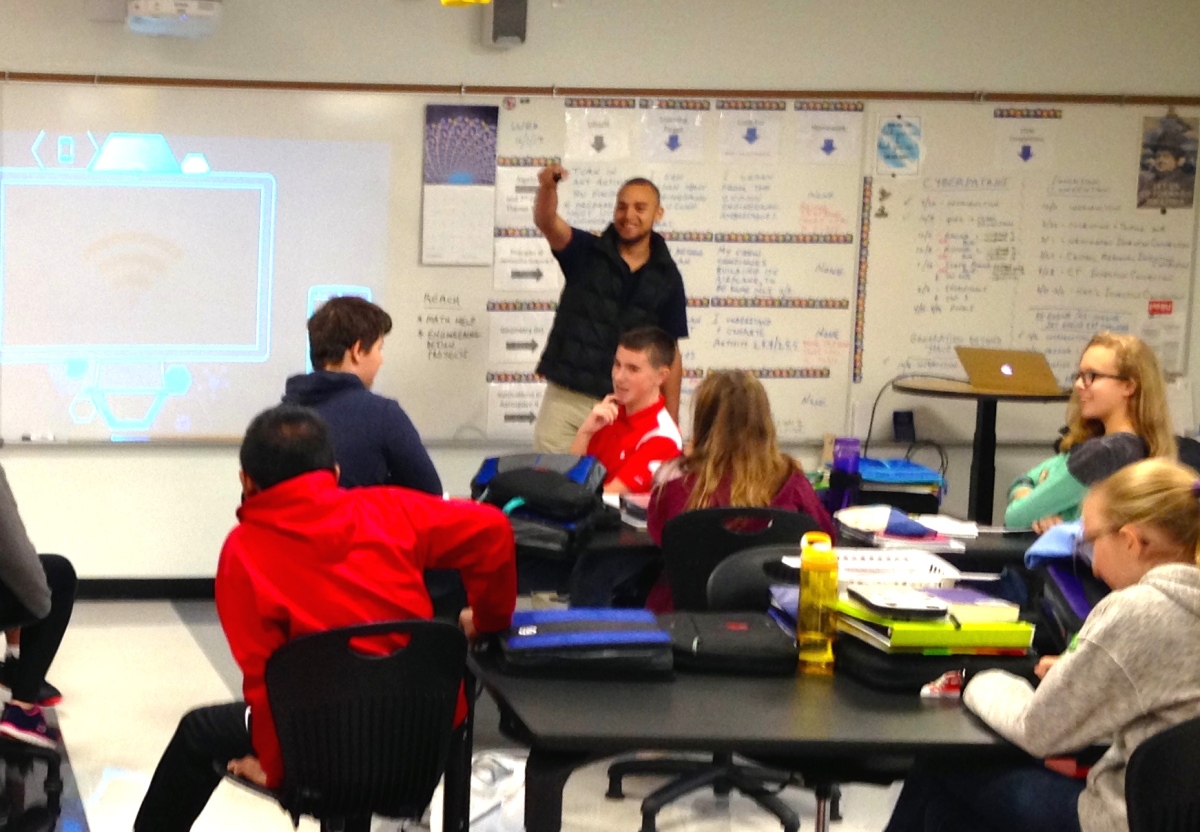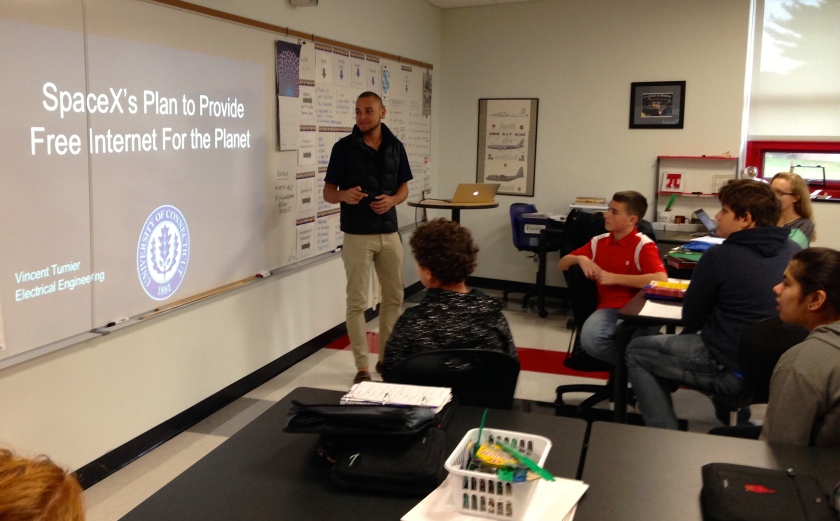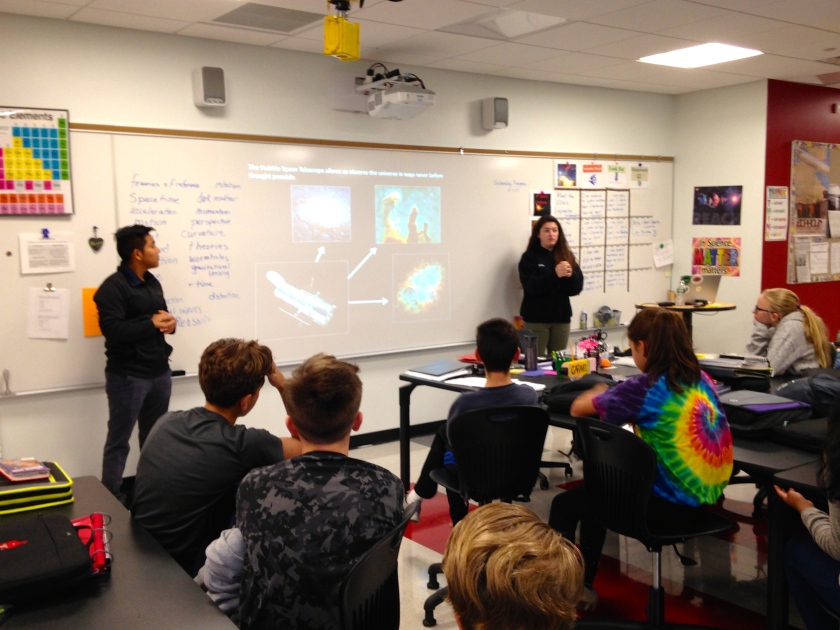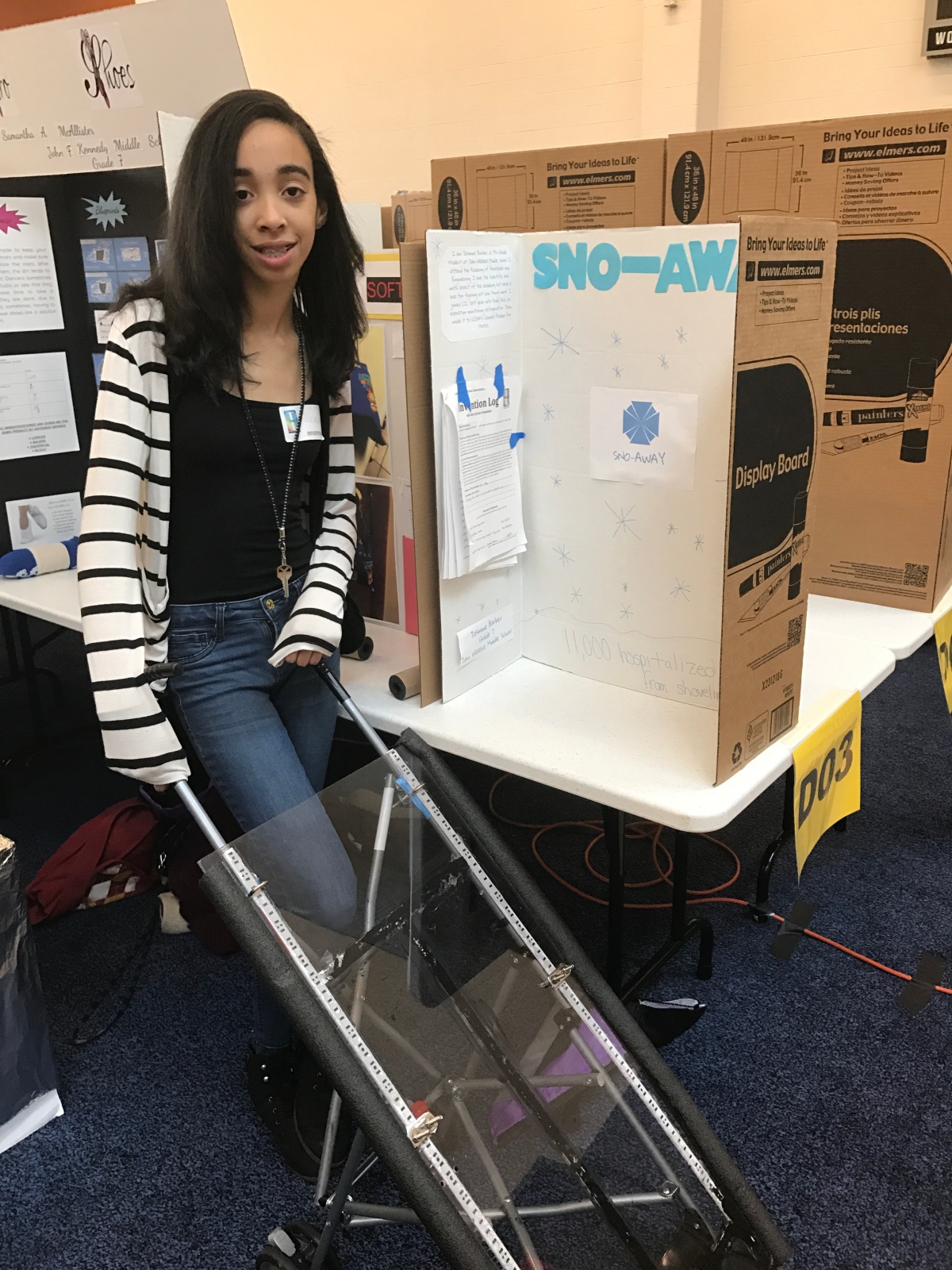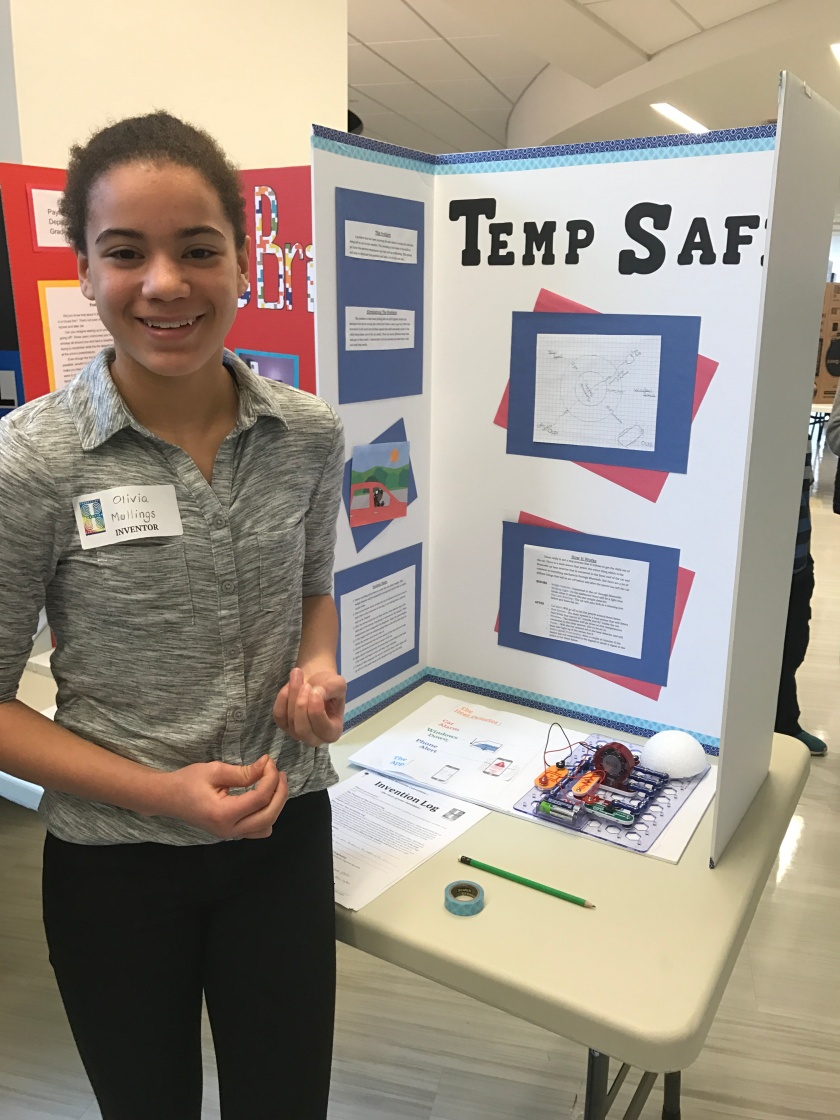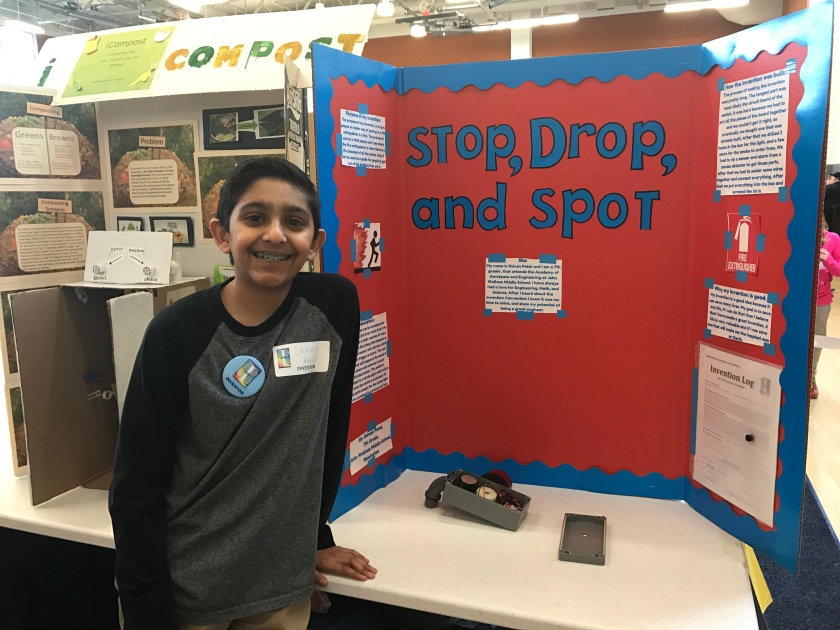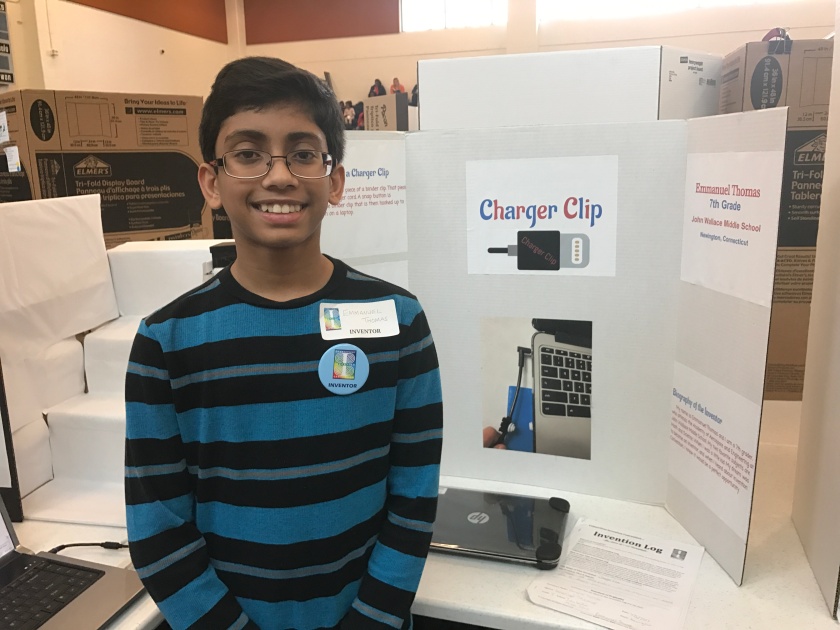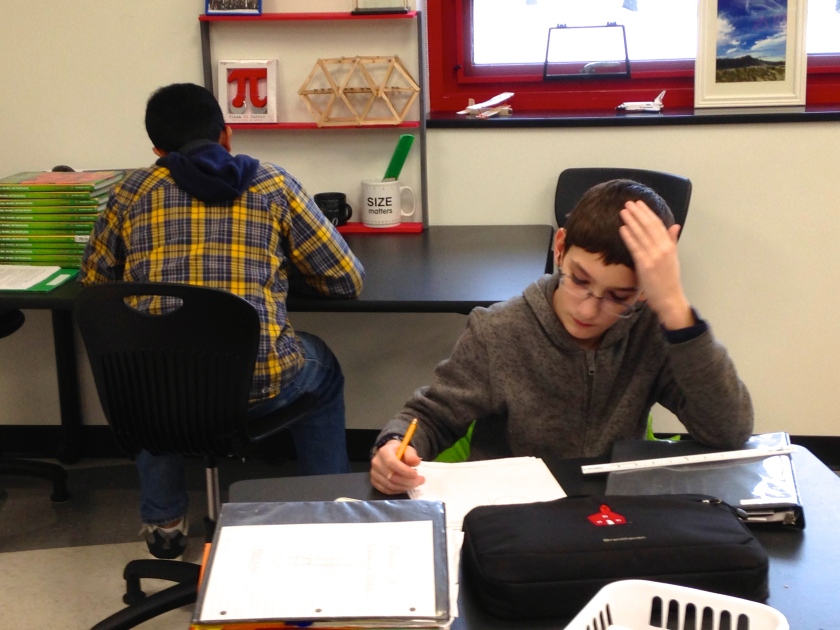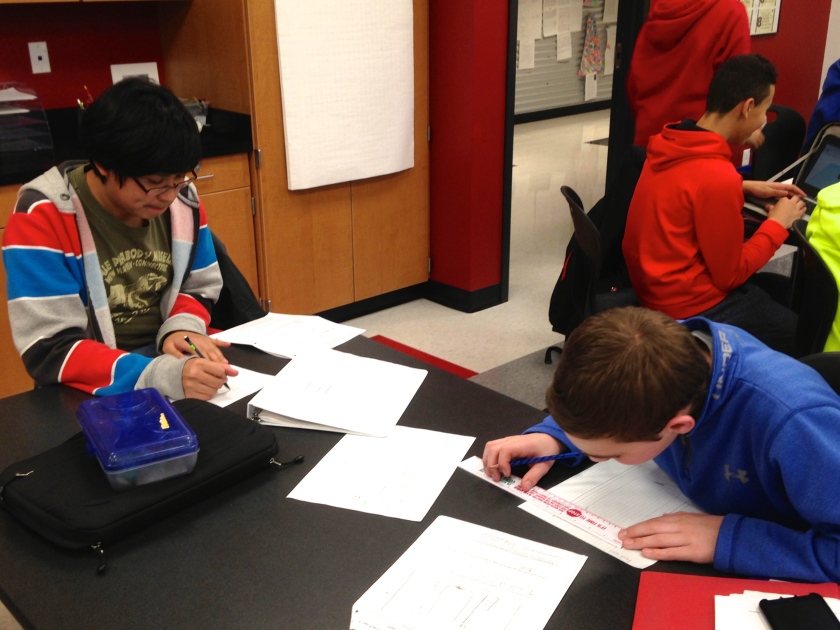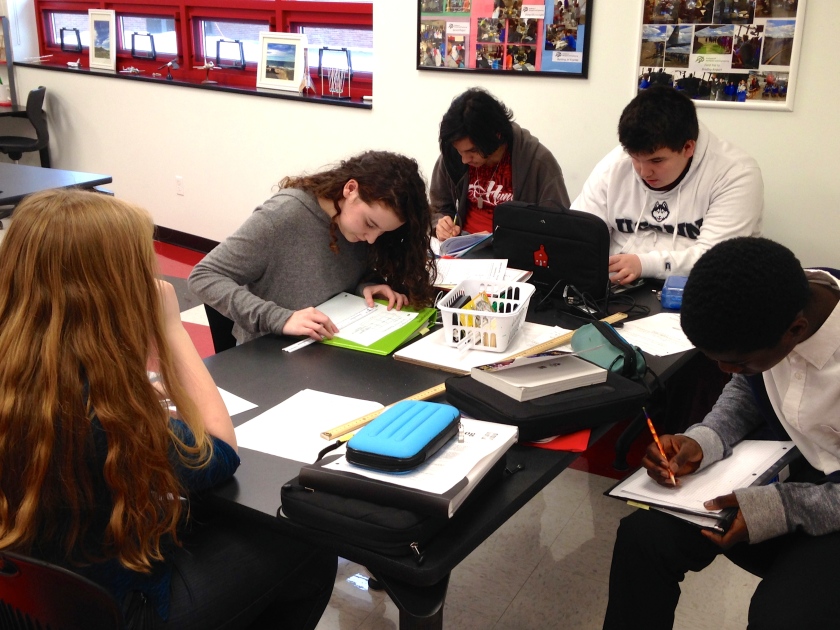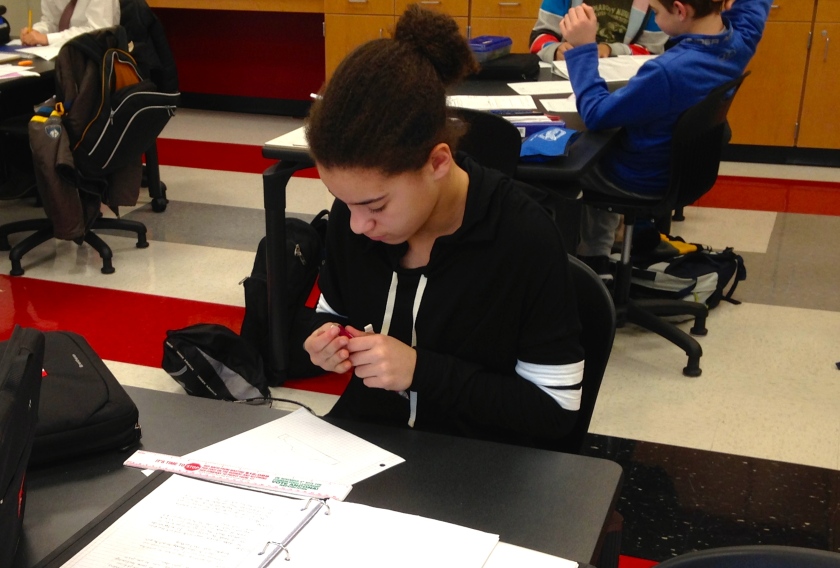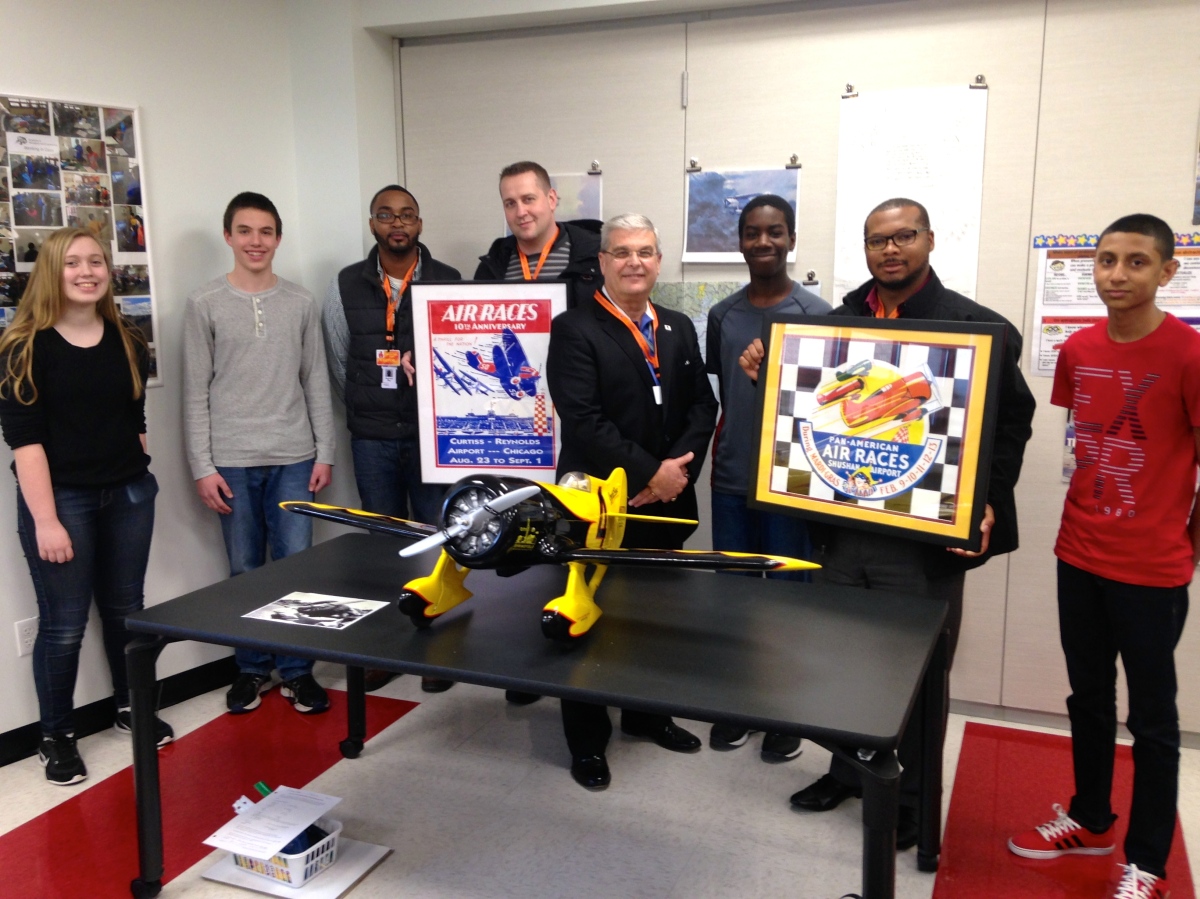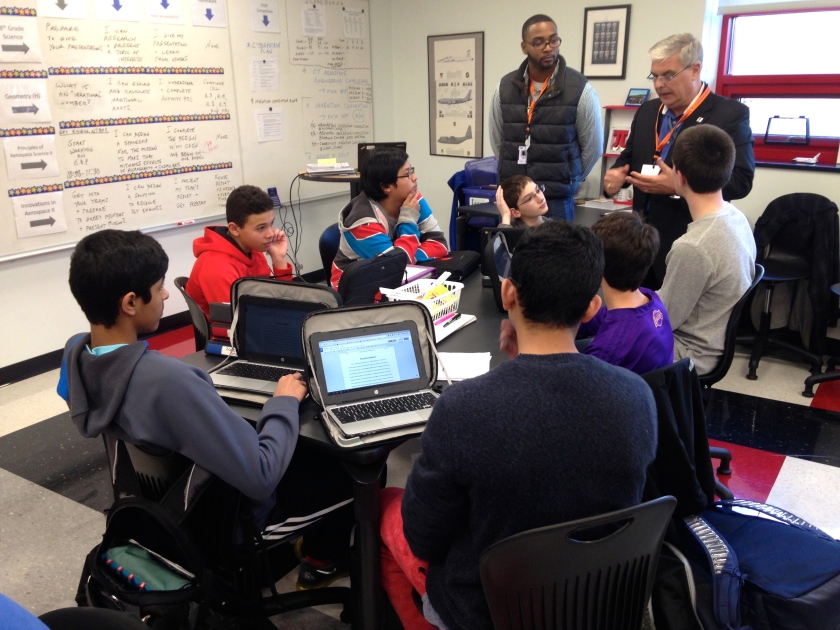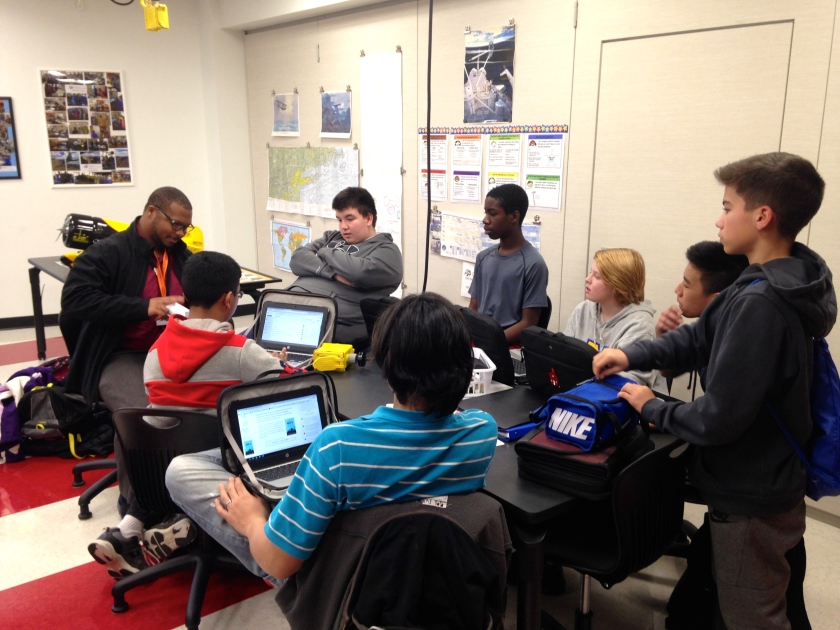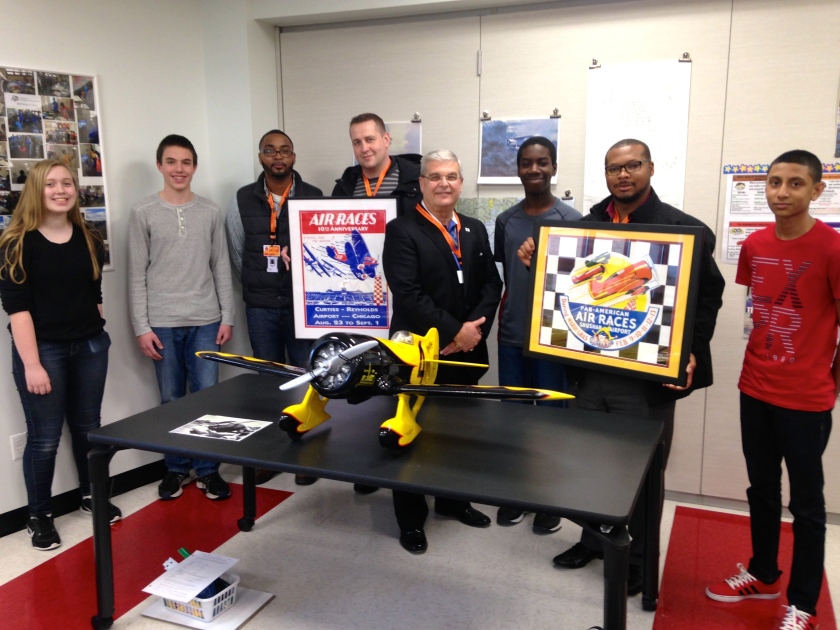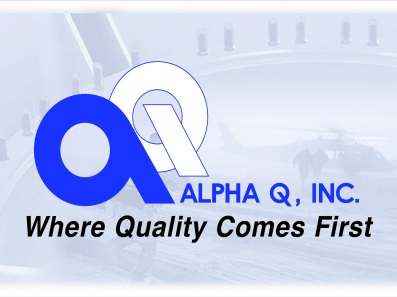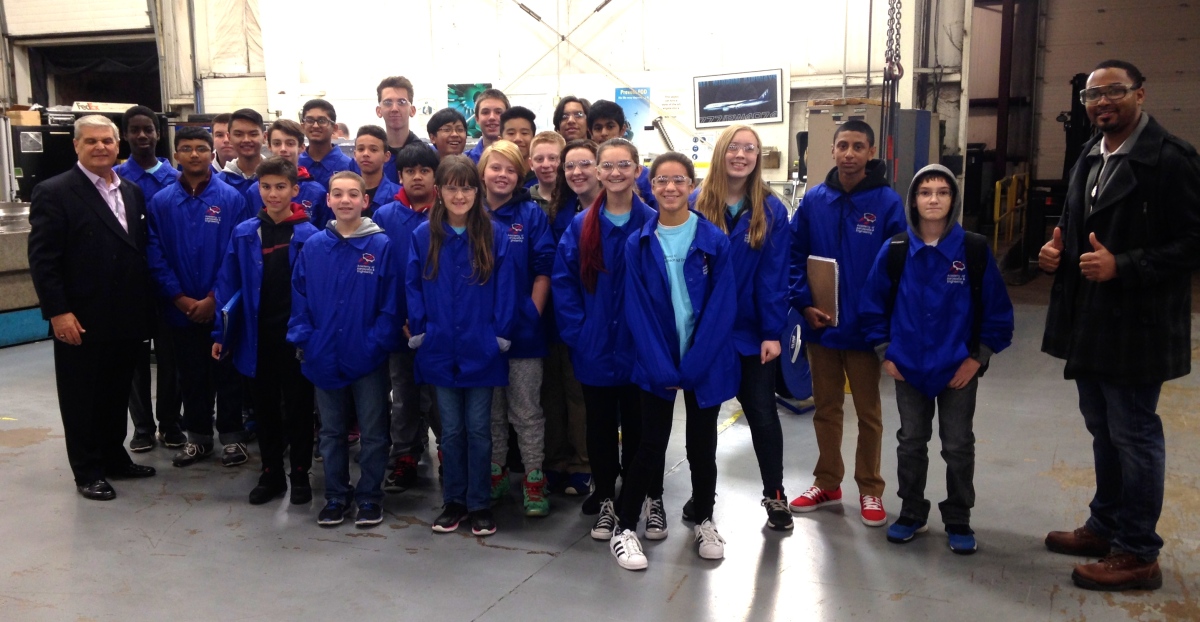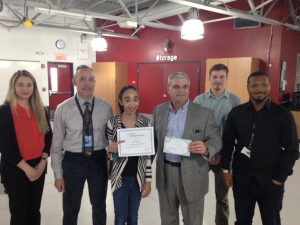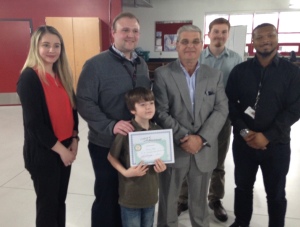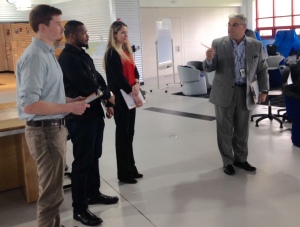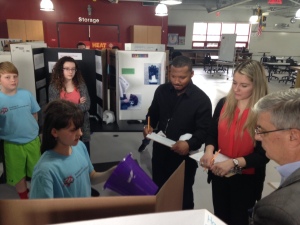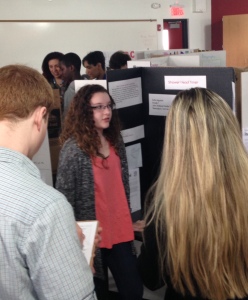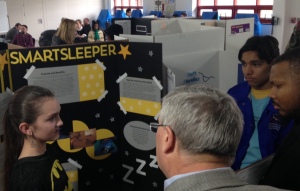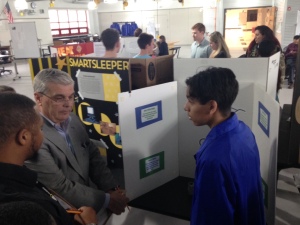On March 1st, all the students in the Academy of Aerospace and Engineering competed in a local Invention Convention, a feeder competition for the Connecticut Invention Convention. Ms. Garavel and I assigned the initial task to our students in mid-December by kicking off with a presentation on the requirements for the competition. Each student was tasked to design, build, and present an original invention to a group of judges. To help give the students ideas and to help them understand what an inventor goes through to create an invention, we Skyped with Ayana Klein, a high school inventor in Fairfield, Connecticut. Ayana has started her own company, 3Dux Design, based on her invention of modular architectural kits. Through December, January, and February, we gave the students about one or two class periods per week to work on their inventions, test and refine them, and practice their presentations. Students brought in their complete inventions about a week before the competition so that they could practice presenting to many different audiences.
The competition finally came on March 1st when dozens of school staff, parents, family members, and friends came to see the inventors and their inventions. We also had a special guest, Dan Amarante of Fox 61, who did interviews for his special feature on innovation in education, Great State of Minds. We expect to see the story on television on Tuesday morning, March 6th. The main event for the competition was when each inventor presented his or her invention to the judges made up of a group of volunteers from two local aerospace firms, GKN Aerospace and PCX Aerostructures. Bruce Fiedorowicz, Executive Director of the Aerospace Components Manufacturers (ACM) was also there as a long-time supporter of the academy, and he helped advise the judges and hand out the awards. The judges used the Connecticut Invention Convention criteria to select the top 15% of inventors, or eight out of a total of fifty-one competitors. These eight winners will go on to compete in the Connecticut Central Regional Invention Convention on March 24th. Winners from that event go on to the state Connecticut Invention Convention on April 28th at UCONN’s Gampell Pavilion. Here are the winning inventors and their inventions:
7th graders:
Ryan Claffey – Field Tripper – organizes materials for students on a field trip.
Eli Johnson – Solar Water Purifier – purifies water using just sunlight.
Julia Remiszewski – Bungee Buckle – holds swim goggles in place better than a strap.
Jack Stair – EZ Jacket – allows people with disability to put on and fasten a jacket easily.
8th graders:
Jasmine Barber – EasyClean – uses safe chemicals to thoroughly clean dirty pots & pans.
Alyse Karanian – SolarShade – uses solar cells on window shades to generate electricity.
Shiven Patel – Auto Jack – uses hydraulic assist to make jacking a car easier.
Vidhisha Thakkar – Flow Alert – provides a warning during a flood.
Here are photos of the competition and of all the competitors (a special thanks to Kaitlin Norton, Newington Public Schools Digital Content Specialist, who took most of the photos):










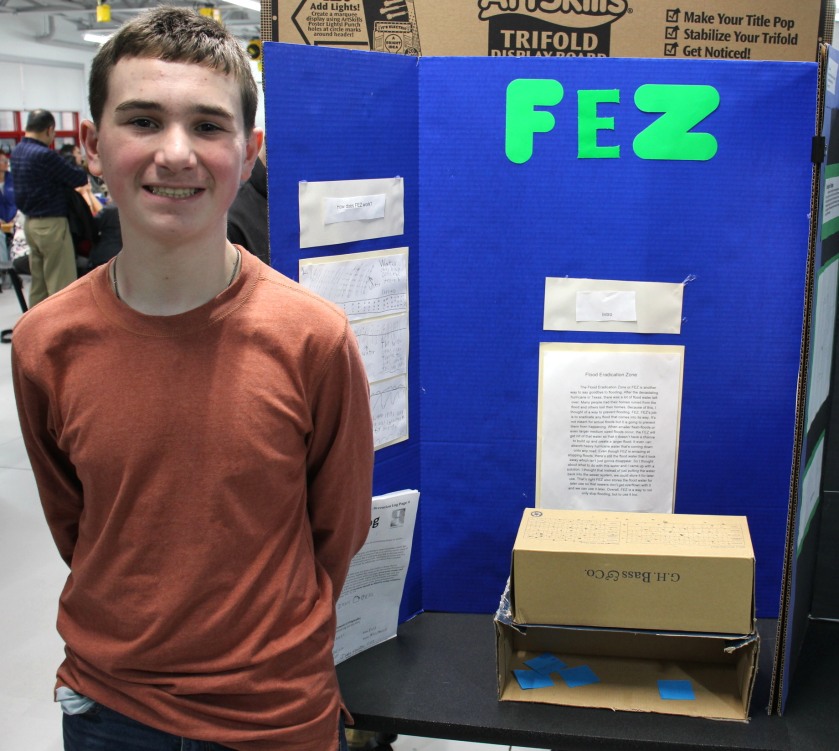

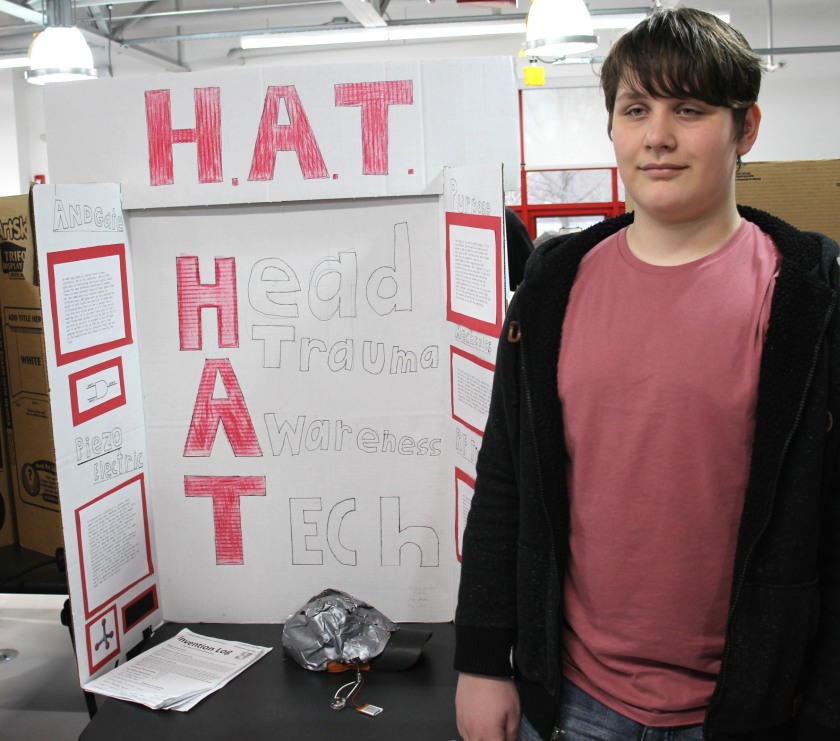


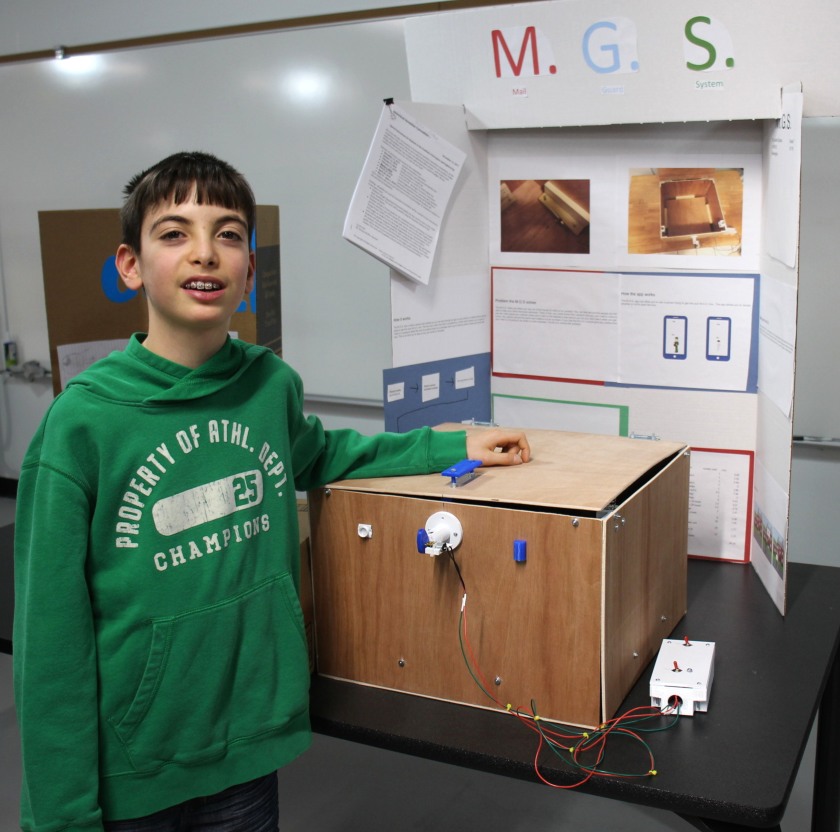


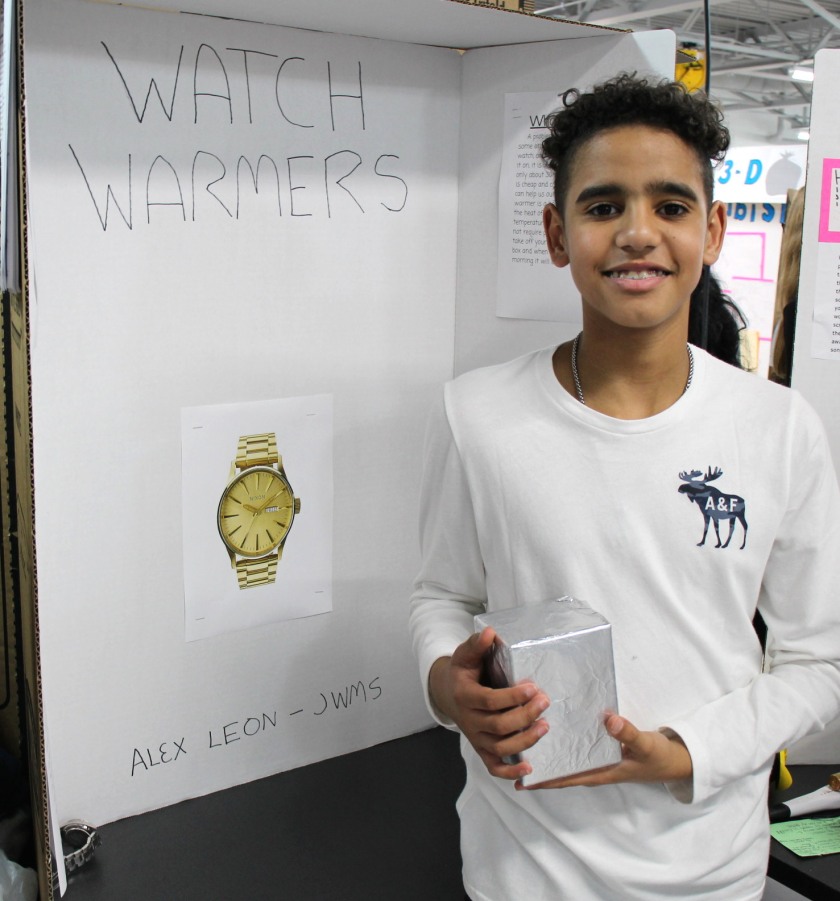



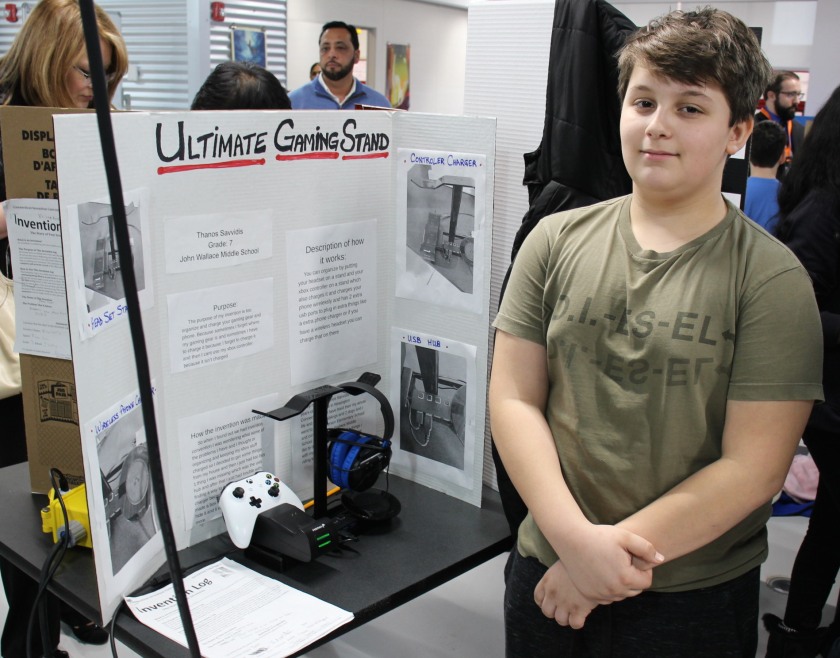






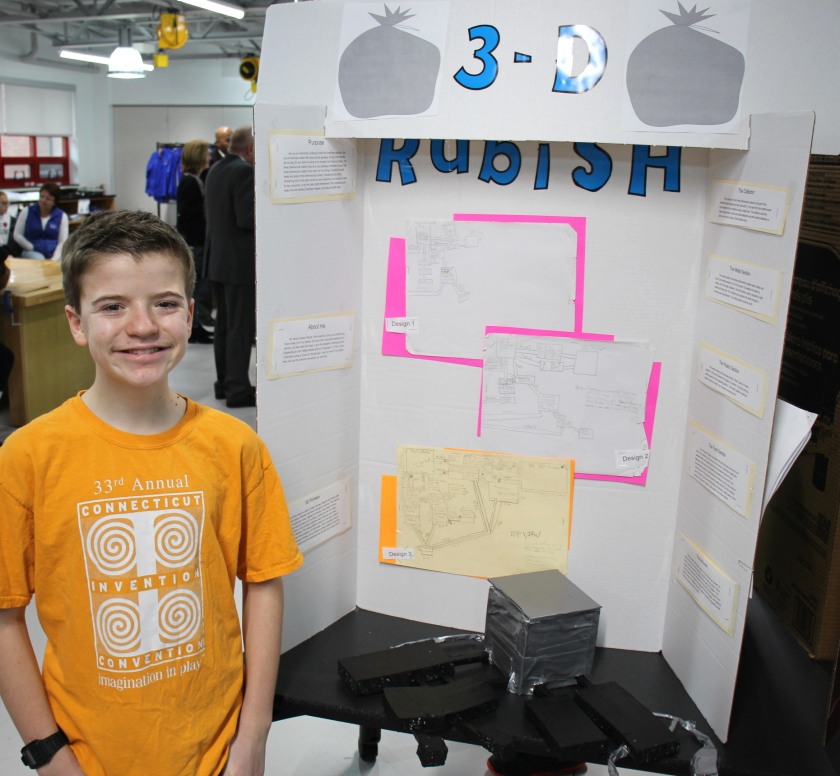

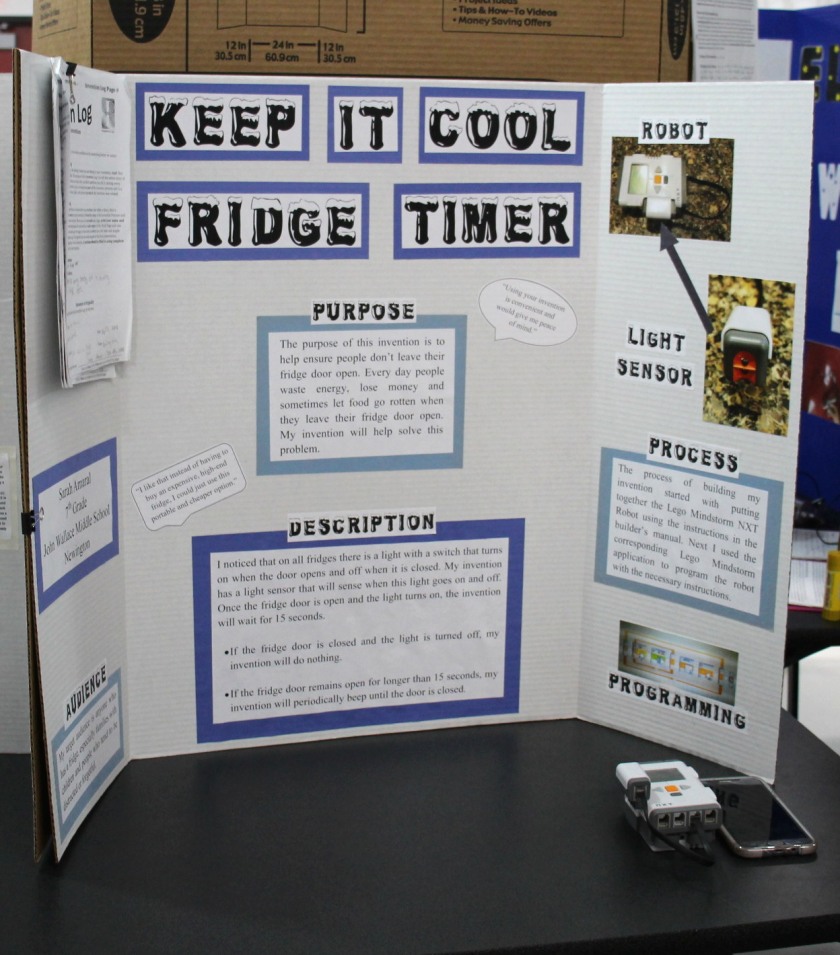
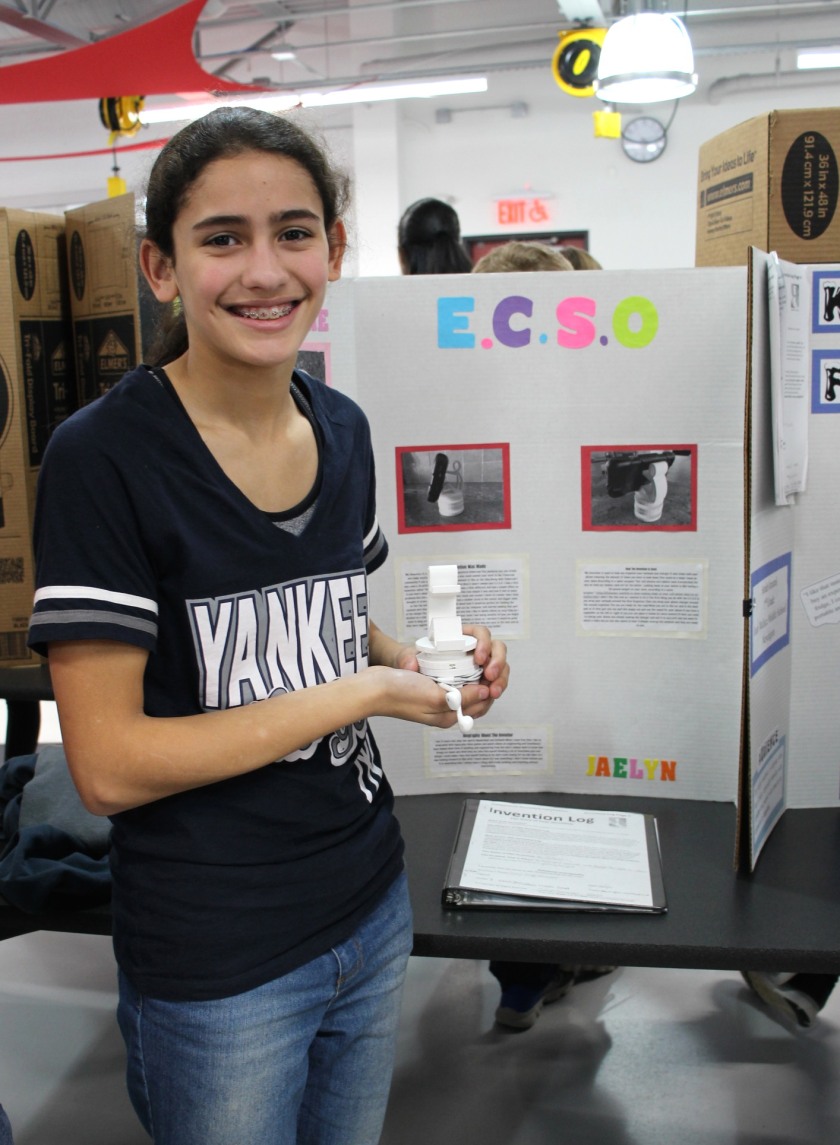





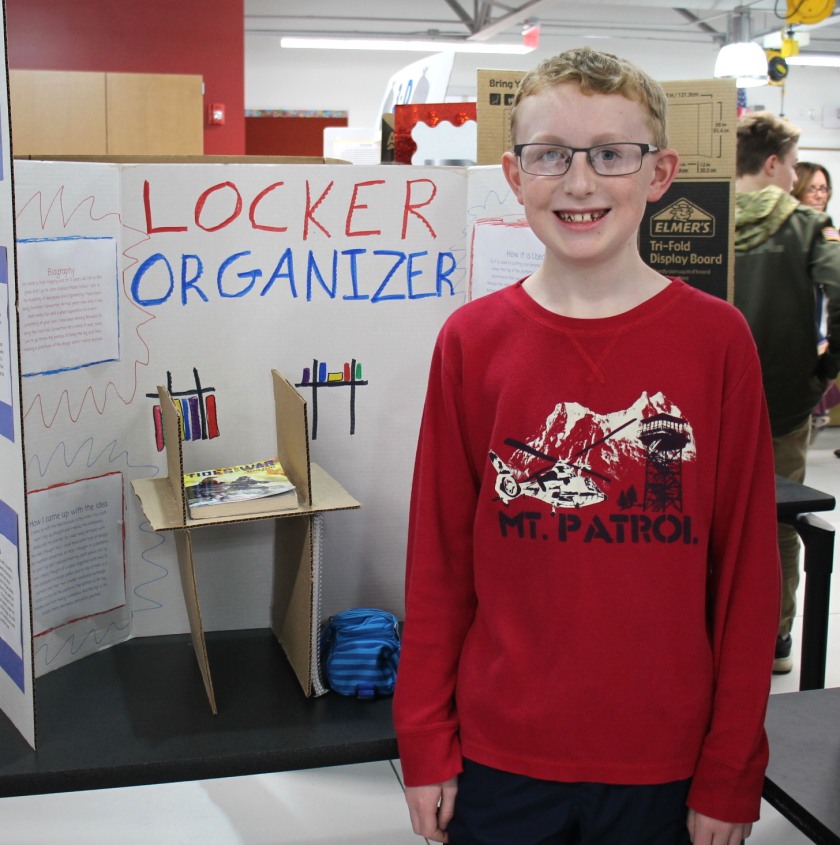











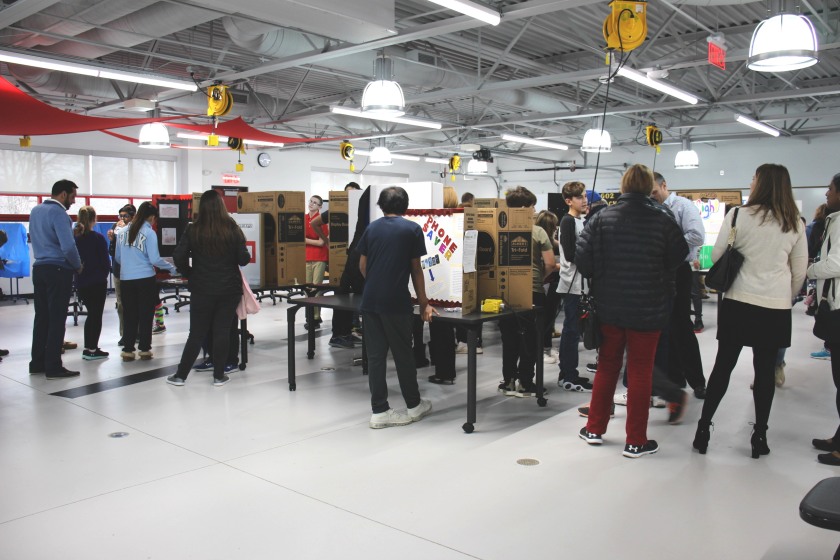

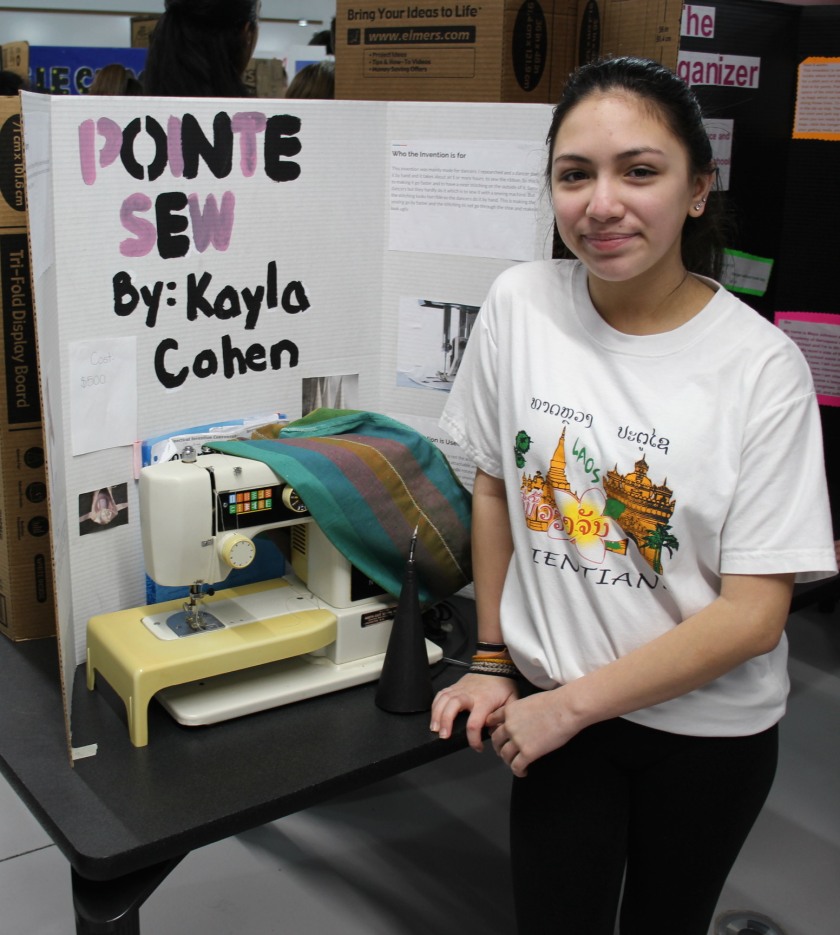






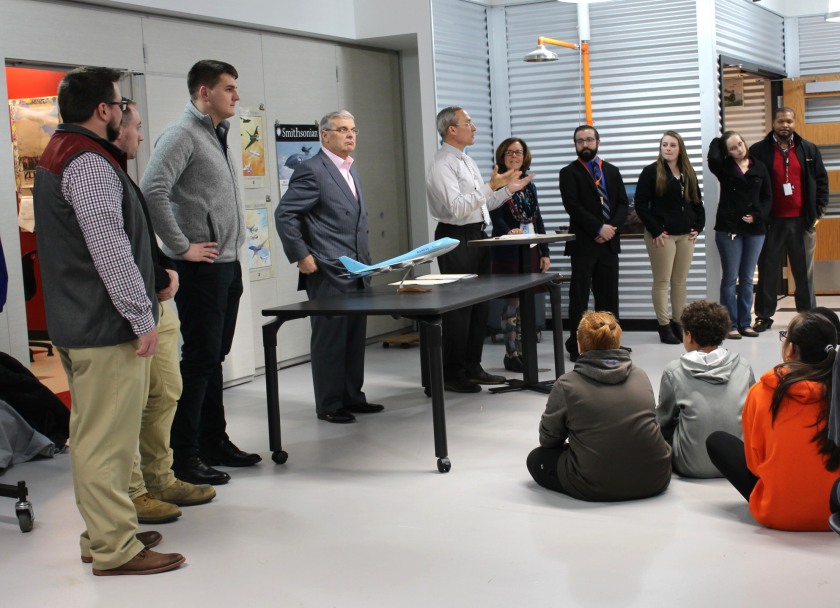





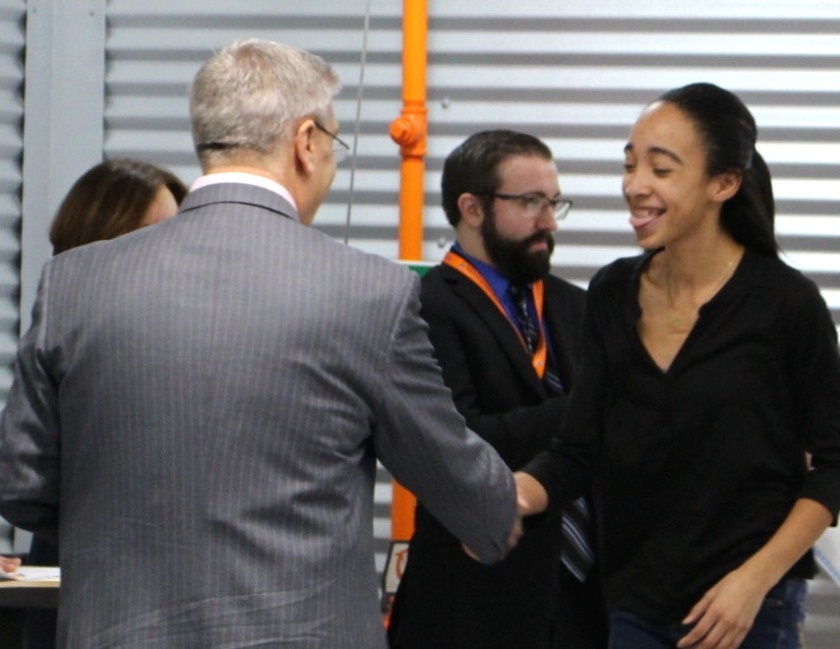

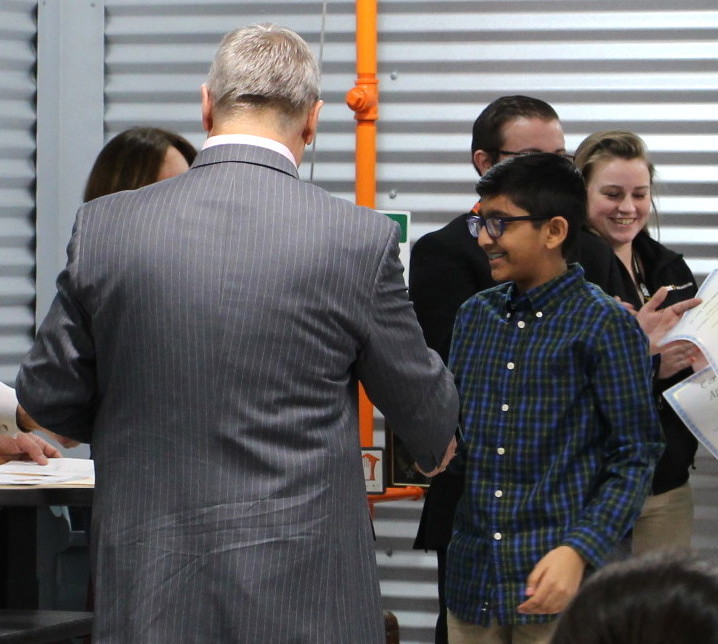
What do students think of all this? Here are some of the reflections they wrote today:
“What I liked about the whole invention convention process is that it is a good way to apply the EDP [engineering design process] to an invention. I think that it was a good friendly competition. I liked that it took a while and hard work to get the process done.”
“I’ve learned a lot over the past few months that I have been working on my invention. Firstly, I learned that I should be proud of everything that I have done, no matter what happens. I worked hard, brainstormed and came up with my invention and built it, that is what matters. It’s not about winning, or going to the next level, it’s about working hard and trying your best.”
“Invention Convention is a remarkable experience that has taught me many new things. Compared to last year I felt more prepared because of experience from the previous year. I was able to use the experience from last year to help me from building the invention to giving the presentation…I learned some new things such as how to work with a circuit and also about flooding. It is also a great opportunity to practice presentation skills which is a very important skill in life. Additionally, I have learned to listen to other peoples feedback and use it to benefit you rather than getting offended. Overall this is a great experience and I have learned a lot and hopefully, I can continue the journey to learn.”
“After participating in the Invention Convention, I was able to take a lot away from the experience. This is because it was another great way to practice the engineering design process, but unlike other EDPs, we also were able to choose essentially any topic to work on and could share our ideas with friends, family, and teachers other than Mr. Holmes and Mrs. Garavel. Because of this, I feel that this is the perfect project to really show others what we do here in the academy. Also, it really helped to practice public speaking, a skill that anybody could use, whether they go into STEM or not.”


